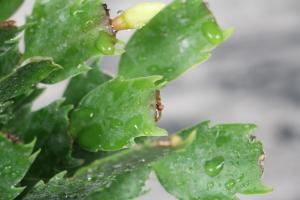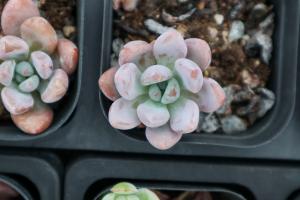Understanding Annual Plants
Introduction
Annual plants refer to plants that complete their life cycle within a single growing season. Unlike perennial plants, which live for more than two years, annual plants grow from seed, flower, produce seeds, and die all within a single year. In this article, we will explore the characteristics and benefits of annual plants, the different types of annual plants, and how to care for them.
Characteristics and Benefits of Annual Plants
Annual plants have a number of unique characteristics and benefits. One of the key benefits of annual plants is that they allow you to quickly add color and beauty to your garden with minimal effort. Annual plants come in a wide range of colors and shapes, making them ideal for adding variety to your landscape.
Annual plants are also great for attracting pollinators to your garden. Bees, butterflies, and other insects are drawn to the bright colors and fragrances of annual plants, making them an important part of any pollinator garden.
Another important characteristic of annual plants is that they are generally easy to care for. Because they only live for one growing season, they do not require as much maintenance as perennial plants. They also do not require pruning or trimming, making them ideal for busy gardeners who do not have a lot of time to devote to their landscape.
Types of Annual Plants
There are a wide variety of annual plants to choose from, each with their own unique characteristics and benefits. Some of the most popular types of annual plants include:
- Petunias: These colorful, trumpet-shaped flowers come in a wide range of colors and are ideal for adding a splash of color to your garden.
- Marigolds: These easy-to-grow annuals are known for their bright, sunny blooms and are great for repelling pests like aphids and whiteflies.
- Zinnias: These tall, bushy plants produce large, colorful flowers and are ideal for attracting butterflies and other pollinators to your garden.
- Impatiens: These shade-loving plants produce colorful flowers and are ideal for brightening up dark corners of your landscape.
Caring for Annual Plants
Caring for annual plants is relatively simple. Most annual plants prefer well-draining soil and full sun, although there are some varieties that prefer partial shade. When planting annuals, be sure to choose a location that receives the appropriate amount of sunlight for the specific variety you have chosen.
Water your annuals regularly, especially during hot, dry weather. Be sure to avoid overwatering, as this can lead to root rot and other issues.
Finally, be sure to deadhead your annuals regularly. Deadheading involves removing spent blooms before they have a chance to produce seeds. This will encourage your plants to produce more flowers and grow more bushy and full.
Conclusion
Annual plants are a great way to add color, variety, and pollinators to your garden. With a wide range of varieties to choose from and minimal care requirements, annual plants are a great option for both novice and experienced gardeners. So why not add some annuals to your landscape today?

 how many times do yo...
how many times do yo... how many planted tre...
how many planted tre... how many pine trees ...
how many pine trees ... how many pecan trees...
how many pecan trees... how many plants comp...
how many plants comp... how many plants can ...
how many plants can ... how many plants and ...
how many plants and ... how many pepper plan...
how many pepper plan...
































